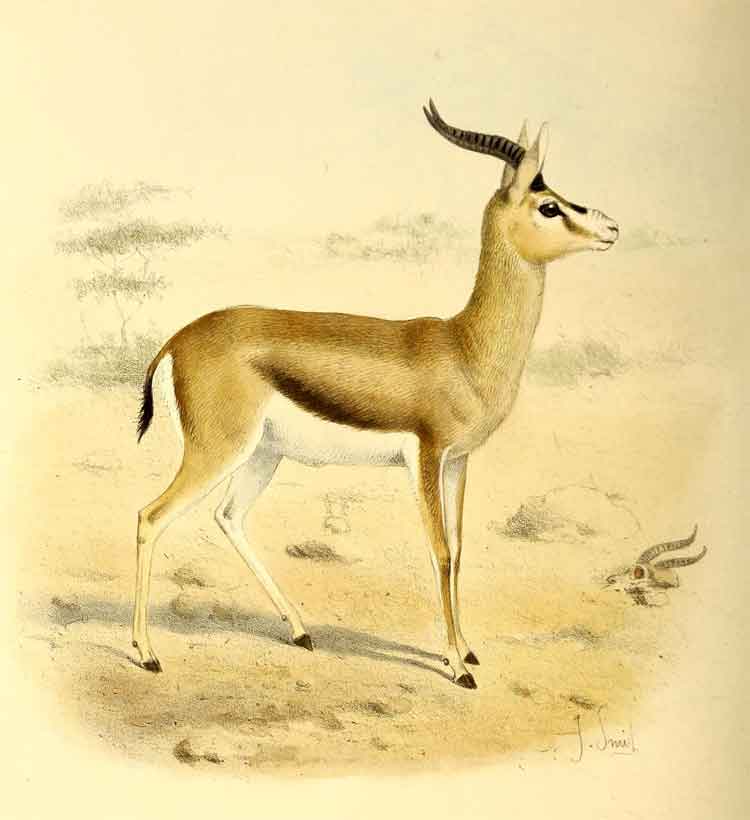
Superregnum: Eukaryota
Cladus: Unikonta
Cladus: Opisthokonta
Cladus: Holozoa
Regnum: Animalia
Subregnum: Eumetazoa
Cladus: Bilateria
Cladus: Nephrozoa
Superphylum: Deuterostomia
Phylum: Chordata
Subphylum: Vertebrata
Infraphylum: Gnathostomata
Megaclassis: Osteichthyes
Cladus: Sarcopterygii
Cladus: Rhipidistia
Cladus: Tetrapodomorpha
Cladus: Eotetrapodiformes
Cladus: Elpistostegalia
Superclassis: Tetrapoda
Cladus: Reptiliomorpha
Cladus: Amniota
Cladus: Synapsida
Cladus: Eupelycosauria
Cladus: Sphenacodontia
Cladus: Sphenacodontoidea
Cladus: Therapsida
Cladus: Theriodontia
Cladus: Cynodontia
Cladus: Eucynodontia
Cladus: Probainognathia
Cladus: Prozostrodontia
Cladus: Mammaliaformes
Classis: Mammalia
Subclassis: Trechnotheria
Infraclassis: Zatheria
Supercohors: Theria
Cohors: Eutheria
Infraclassis: Placentalia
Cladus: Boreoeutheria
Superordo: Laurasiatheria
Cladus: Scrotifera
Cladus: Ferungulata
Cladus: Euungulata
Ordo: Artiodactyla
Cladus: Artiofabula
Cladus: Cetruminantia
Subordo: Ruminantia
Cladus: Pecora
Superfamilia: Bovoidea
Familia: Bovidae
Subfamilia: Antilopinae
Genus: Gazella
Species: Gazella spekei
Name
Gazella spekei Blyth, 1863
References
Gazella spekei in Mammal Species of the World.
Wilson, Don E. & Reeder, DeeAnn M. (Editors) 2005. Mammal Species of the World – A Taxonomic and Geographic Reference. Third edition. ISBN 0-8018-8221-4.
IUCN: Gazella spekei Blyth, 1863 (Endangered)
Vernacular names
español: Gacela de Speke
magyar: Speke-gazella
italiano: Gazzella di Speke
日本語: スペックガゼル
Speke's gazelle (Gazella spekei) is the smallest of the gazelle species. It is confined to the Horn of Africa, where it inhabits stony brush, grass steppes, and semi deserts.[2] This species has been sometimes regarded as a subspecies of the Dorcas gazelle, though this is now widely disregarded.[3] Severe habitat fragmentation means it is now impossible to assess the natural migratory or nomadic patterns of G. spekei.[4] Its numbers are under threat, and despite an increase in population, the IUCN in 2007 announced its status had changed from vulnerable to endangered. A captive population is maintained, and the wild population exists in the lower tens of thousands. As of 2008, this gazelle is classified as endangered under the IUCN Red List.
Speke's gazelle is named after John Hanning Speke, a British explorer of Central Africa.
References
IUCN SSC Antelope Specialist Group (2016). "Gazella spekei". IUCN Red List of Threatened Species. 2016: e.T8975A50187314. doi:10.2305/IUCN.UK.2016-2.RLTS.T8975A50187314.en. Retrieved 12 November 2021.
Kingdom 1982, 1997
Groves 1969[
East 1996
Retrieved from "http://en.wikipedia.org/"
All text is available under the terms of the GNU Free Documentation License

